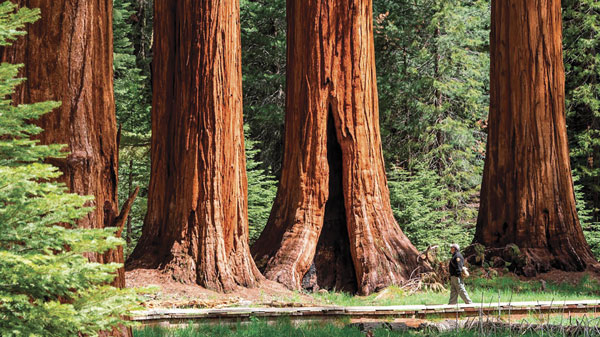The Power Of Trees

[Editor’s note: We didn’t have enough space in our June issue, but here it is now.]
The wonder of nature is vast. Forest and trees regrow after a fire and trees clean our air. In 2017 Nature Conservancy scientists led a seminal study that found protecting and restoring forest, wetland and grasslands and better managing land for agriculture and forestry can deliver up to one third of global emissions reductions needed to meet the goal to hold global warming below 2 degrees centigrade by 2030. In addition, forests can play an outsized role in fighting climate change. Forests also have the power to support human health by providing better air quality and therefore better human health. As we navigate the challenges of a warming planet, forests are an indispensable ally. – Jennifer Morris, Chief Executive Officer of The Nature Conservancy.
What to plant in June
Dahlias, all types of begonias, impatiens, verbenas. rudbeckia and Flor amarilla are at the viveros. It’s a good time to put in ferns. Stag horns will be very happy if they are kept moist and out of direct sun. All types of lilies will be blooming now. Some flower seeds to plant in June are cosmos, marigolds, sunflowers and zinnias. Disbud dahlias for larger blooms. Stake tall plants before the rains begin. Plant beans, beets, peppers, okra, sweet corn and tomatoes. Water frequently, as the soil in pots dries out faster. If you have not been spraying for pests, now is a good time to start. As an effective spray for most insects a bit of dish soap in water in a spray bottle will do. It is a good deterrent for mild cases of white fly. Weeds are growing faster now so keep up with them. Keep deadheading regularly.
What to do in the garden in June
Garden growth shifts into high gear this month, with hot air temperatures and warm soil. Plants are settled in and well on their way toward strong growth, many blooms, and delicious harvests.
Transplant seedlings close enough so that the leaves of mature plants will shade the soil between the plants. This will keep plant roots cooler, and the sun won’t bake the soil. There’s less evaporation, so you’ll have to water less.
Sow or transplant lima and snap beans, celeriac, celery, chard, cucumbers, eggplants, oak leaf and other heat-tolerant and bolt-resistant lettuces, melons, okra, peppers, pumpkins, New Zealand spinach, summer and winter squash, and tomatoes. Sow beets carrots, corn, sweet potato slips and radishes directly where they’ll mature.
Plant the last batch of corn this month, as later plantings will probably have smut problems (those big, grey and black puffs of fungus in place of kernels) when harvested in September. Or you may choose to inoculate your corn with the fungus. It’s a delicacy in Southwest and Mexican cuisine called Huitlacoche.
Pinch back herbs, especially fast-growing basil, to encourage bushy, more delicate flavored growth through the summer. Pinch off any blossoms that start to develop to keep the plants developing more fragrant foliage.
Mulch the soil with organic matter such as compost, leaves or grass clippings to temper the drying and heating effect of the sun. Irrigation will be more effective with less water frequency and quantity.
Container plants and hanging baskets need daily watering now that they have established themselves and the temperatures have risen. Water perennial plants, vegetable gardens, and shrubs deeply and frequently.
We are really feeling the heat, so plan to get out in the garden early and get your garden chores done before the sun becomes too intense.
Reminder: Our next Summer Solstice will be on June 20th, 2024 at 2:50 p.m. CST.
The summer solstice marks the official start of astronomical summer and the longest day of the year. From this point on the days start getting shorter.
- Verdant View – December 2025 - November 29, 2025
- Verdant View – November 2025 - October 30, 2025
- Verdant View – October 2025 - September 29, 2025


 Discover trusted local services and hidden gems with our easy-to-use online directory.
Discover trusted local services and hidden gems with our easy-to-use online directory.

